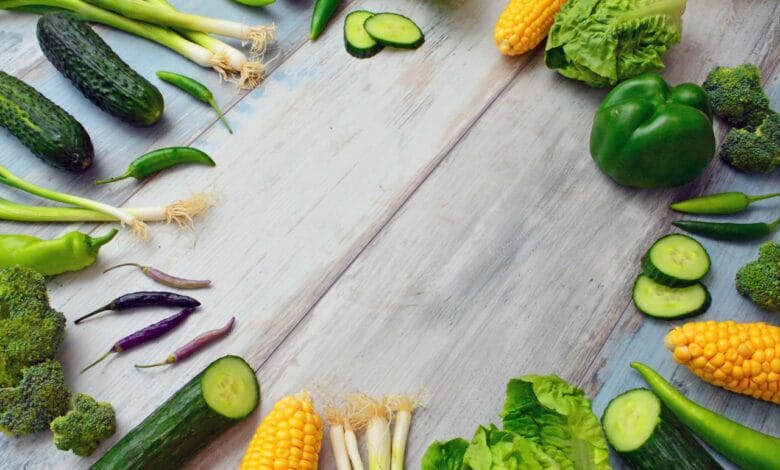How to Grow Organic Food?

In recent years, home cultivation of organic food has become increasingly popular. However, it requires learning how to grow organic food.
Adopting this as a hobby certifies fresh produce free of pesticides and encourages living sustainably. Whether your backyard is significant or your balcony garden is tiny, this guide will take you through all the necessary steps for how to grow organic food.
Select the Right Location
Location selection is essential for growing nutritious organic food. Plants ought to get 6 to 8 hours of daylight each day.
Learn that the area you pick is protected from severe breezes and has sufficient airflow.
If you have limited space, try making the most of your location. Use container gardening or vertical gardening methods.
Prepare the Soil
A fruitful organic garden depends on soil quality and composition. The first step is to check the pH and nitrogen levels of your soil. The use of organic soil amendments can achieve improved soil fertility and structure:
- Compost
- Well-rotted manure
- Green manure (cover crops)
Steer clear of artificial pesticides and fertilizers. They injure soil’s beneficial creatures.
Steps to Prepare Soil
- For the majority of vegetables, set a pH of 6 to 7.
- To further develop the soil’s quality, add fertilizer or manure.
- Utilize natural mulches like wood chips or straws to control dampness in the soil and weeds.
Select Organic Plants and Seeds
Choose seeds and plants with organic labels. They are frequently more rigid because they are not developed with artificial chemicals. Heirloom types are especially well-liked because of their historical relevance and complex flavors. Purchasing from reliable vendors guarantees your organic garden’s authenticity and quality.
Planting Methods
Your garden’s production can be significantly increased by employing the proper practices and planting at the right time. To get the best results, adhere to the following steps:
- Start seedlings indoors six to eight weeks before the latest date of frost. Use an organic seed starting mixture.
- Before putting seedlings in the garden, gradually expose them to an external environment to harden them off.
- Companion planting enhances plant health and naturally wards off pests. To keep pests away from tomatoes, for instance, plant basil nearby.
Watering and Maintenance
Watering plants regularly is necessary for their excellent growth. Water them in the morning, as this helps cut down on evaporation and avoid fungal infections.
Water-saving techniques for watering your plants include:
- Soaker hoses
- Drip irrigation systems
Some examples of routine maintenance operations are:
- Weeding
- Pruning
- Pest monitoring
Organic Management of Insects and Diseases
An essential component of organic farming is chemical-free insect and disease prevention. The following Integrated Pest Management (IPM) techniques help preserve plant health:
- To decrease soil-borne diseases, rotate your harvests one time each year.
- Plant blossoms and make environments to draw in beneficial bugs, like ladybugs and bees.
- Prepare and use DIY sprays from soap, garlic, or neem oil to repulse bugs.
Harvesting and Storing
When the crops are at their ripest, they will have the highest nutritional value and flavor. To prevent harming plants, use sharp, clean instruments. Some proper storage techniques can help your produce last longer on the shelf, such as:
- Freezing
- Drying
- Canning
The Bottom Line
Knowing how to grow organic food requires commitment and expertise. Enjoy fresh, healthful produce straight from your garden. Pick the ideal spot and prepare your soil. Afterward, plant organic seeds and use sustainable gardening techniques. Feed your body healthful foods while making a positive impact on the environment.
